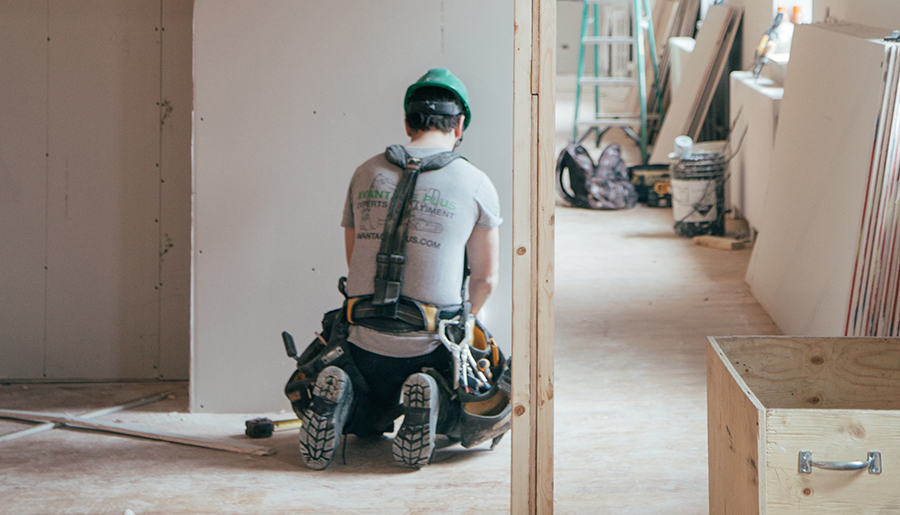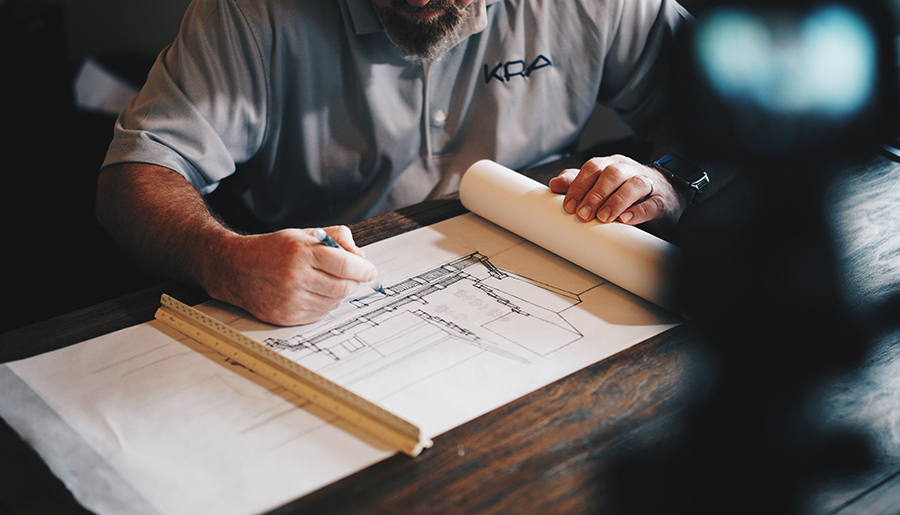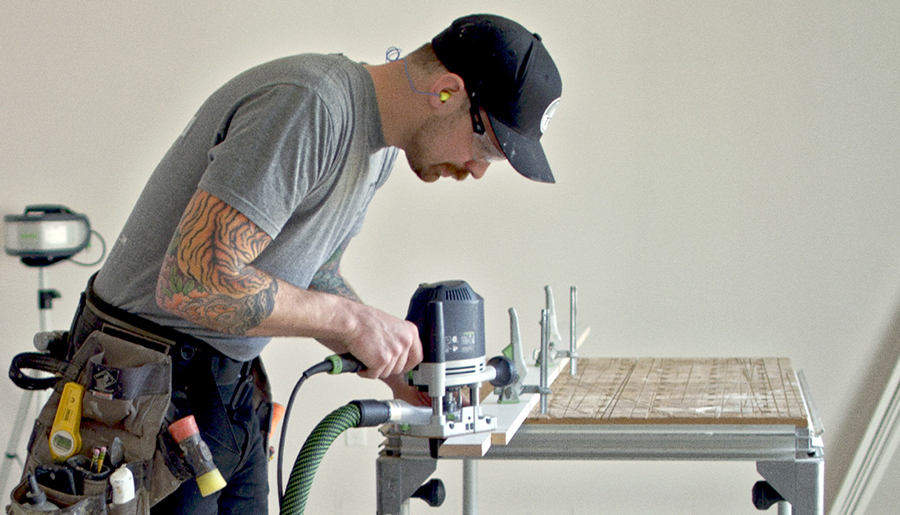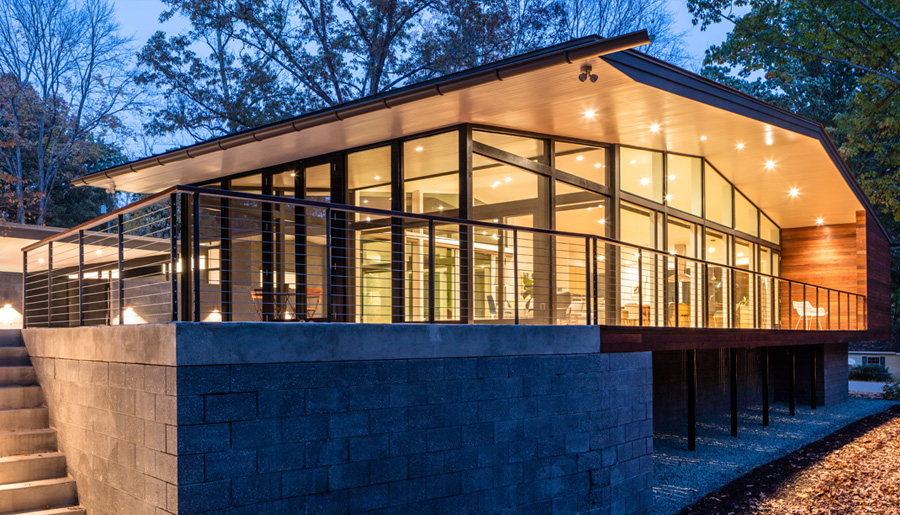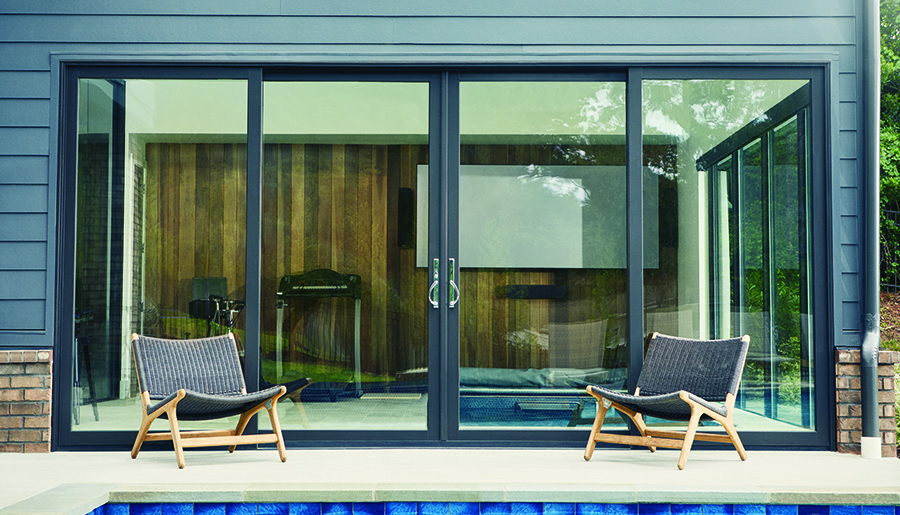—Manny Neves, Hardcore Renos There is no set price in construction; it costs what it costs to make the job right. —Carlito Pavlovic, my cohost of our podcast, The Construction LifeEleven years ago, I began Hardcore Renos with a very simple goal: to build things the best I can, using the best products I can research, working with the best crews that truly cared, and loving every minute of the construction life. What is the construction life? It is a 5 a.m. wake up, work out, shower, prepare lunch, send off the family, hop into the van, call, email, text the crews and suppliers, arrive on-site, organize, prep, build, have fun, wrap up, end the workday on a high note, head home, spend time with the family, prep for the next day, schedule the next day, place orders for the next day, turn in, sleep tight, wake up and do it all…
For quick refreshes or in-depth training, many in the building industry use training videos, animations, and even virtual reality to help workers get the job done right. This video learning revolution has come to the building trades and is filling a much-needed role in skills training for many in the workforce. These days, everyone looks at how-to videos to train themselves on all types of tasks—from changing your cell-phone battery to knitting a scarf. And for construction training, there are numerous advantages to using digital tools for training that can help savvy companies up their productivity and quality, all while increasing the knowledge of their workers and managers. “The biggest shortfall in our industry is the lack of training of any sort,” says Mark LaLiberte, president of Construction Instruction, Inc. (CI). “That’s a big problem when you realize that we create complex structures meant to last a century.” The combination…
It is an investment to switch your company to BIM technologies, but there are many benefits that will make the effort worth it. Are you on the fence about BIM? Deciding whether or not it is finally time to adapt your workflow and orient your company to using BIM software is a big decision. There is no doubt that there will be some financial cost and training involved in switching, so understanding the longer-term benefits could help you take the plunge, knowing that your investment will have lasting advantages. What is BIM? Just in case you’ve had your head buried in the sand for the last couple decades—or in the 2D plans—let’s review what BIM is. Building information modeling (BIM) is a digital representation of a physical structure, used from the design stage all the way through to demolition, and at every stage in between. For those in the construction…
By Tyler Grace, Owner TRG Home Concepts For years I struggled with how to deal with potential clients who saw us only as “another number.” I spent countless hours each week returning phone calls, responding to emails, and chasing leads only to never land these projects. A few years ago, I read an article in JLC Magazine about charging for estimates. I borrowed some ideas from that article, focused my business on more design-driven projects, and heavily vetted my customers while creating and developing the system I use today. This system is always changing and adapting, but the principles remain the same. I have found that most customers in my small remodel market want an “all-in” price. They want to know the total price of a project in order to compare your number to other contractors’ numbers. They want a fixed-price quote for a job or design that does not yet…
Building to healthy home standards is a winning strategy for companies nationwide. Energy efficiency is just one part of the package when marketing new homes. Customers are now interested in living more healthy lives, and smart home builders are building “healthy homes” to meet consumer demand. While a tight building envelope can help with energy efficiency, mechanical ventilation and air filtration will make the indoor air fresh and healthy to breathe. Features that provide natural light and views of the outdoors add to the aesthetic appeal of the home while also increasing the well-being of residents. Health-conscious home buyers While health trends come and go, consumer concerns about the health hazards of their home environments has been consistently on the rise. A 2019 Harvard University study found that Google searches for “nontoxic” were higher than those for “energy efficient.” Consumers are spending to make sure that their home environment provides a healthy…
Most contractors devote a lot of energy to trying to convince potential customers to buy their construction services. They should instead be focusing on selling a process that produces an experience that the potential customer wants. We understand that usual priorities and ways of working have been upended by recent events. But we also know that when we return to more normal circumstances time will once again become a valuable asset for every construction business owner. If you price a project to complete in 12 months and it takes you 14 months to complete, then you will be losing money. You’ll lose money because you didn’t price the value of your time correctly—or you didn’t execute the project in the time allotted. Time matters. Selling matters. Working for the right customer matters. You need a system that focuses your time on selling your work for the right price to the…
Smart strategies can help builders looking for ways to deal with labor shortages. In many building trades, finding qualified workers can be difficult. But by using some clever tactics, builders can make the most of industry resources to help them get the job done. The solutions can include leaning on resources outside the company as well as upgrading the skills of the workers already in place. Use your labor well First off, make good use of the employees you already have. Employees want to do a good job, and job satisfaction inspires them to share their talents and ideas to improve your company’s output. Cultivate loyalty with communication and trust, and—by all means—delegate. “The smart delegation of decision-making can be a powerful productivity booster,” says Clark Ellis, principal of Continuum Advisory Group, a consulting firm to builders. Invest in training when you can and trust your managers to make appropriate decisions…
Most builders still use the prescriptive path for energy code compliance, but a growing number are switching to the performance path and seeing savings. Most builders use the prescriptive path to comply with energy requirements since it seems easier to use particular parts as specified in the regulations. But builders who choose the performance path can calculate the whole building energy efficiency to comply with regulations, freeing them up to choose different components. Many who make the change find that they can save money with the performance path. With great software simulation tools like Ekotrope, REScheck, or REM/Design on the market, it is getting easier to change over to the performance path. These tools then estimate the home’s annual energy use to make sure it is at or below what the regulations require. Letting the computer help you figure out the best options for a project can save a lot…
It’s easier than you think to use process mapping to help your company reduce wasted effort and materials, and get jobs done faster. There are many ways to help you decrease waste in your process, but few are as easy to implement as Process Mapping. Plus, with the continued shortage in skilled labor, any efficiency you add to your SOP can make your entire team more productive—and your company more profitable. To analyze and eliminate waste in your projects, process mapping may be just the thing to help you use your resources—people and material—in the most efficient way possible. Training managers first Many companies opt to get in-depth training for their project managers, lead carpenters, or supervisors, so they can then teach workers the new skills on-site. This works for many types of training, especially as changing regulations and newer building materials necessitate working in new ways. Even the government…
Home features change with the times, and it is often manufacturing advances that bring prices within a range that more consumers can afford. Large-span glass door systems are having their moment. Long an enviable feature on high-end homes, indoor/outdoor living features are selling well all over the United States and at many price points. The popularity of indoor-outdoor living in not limited to coastal areas like Florida and California, or places known for their natural beauty, like Colorado. Homebuyers in New Jersey and on Long Island are increasingly choosing indoor-outdoor living features as options to bring luxury and healthy living into their lives. Just as the corner office, with lots of windows, has always been a status symbol, so now is the large sliding glass door that gives relaxing views, allows multi-seasonal entertaining, and encourages outdoor activities. This feature is now not only affordable at the homebuying stage, but with…


